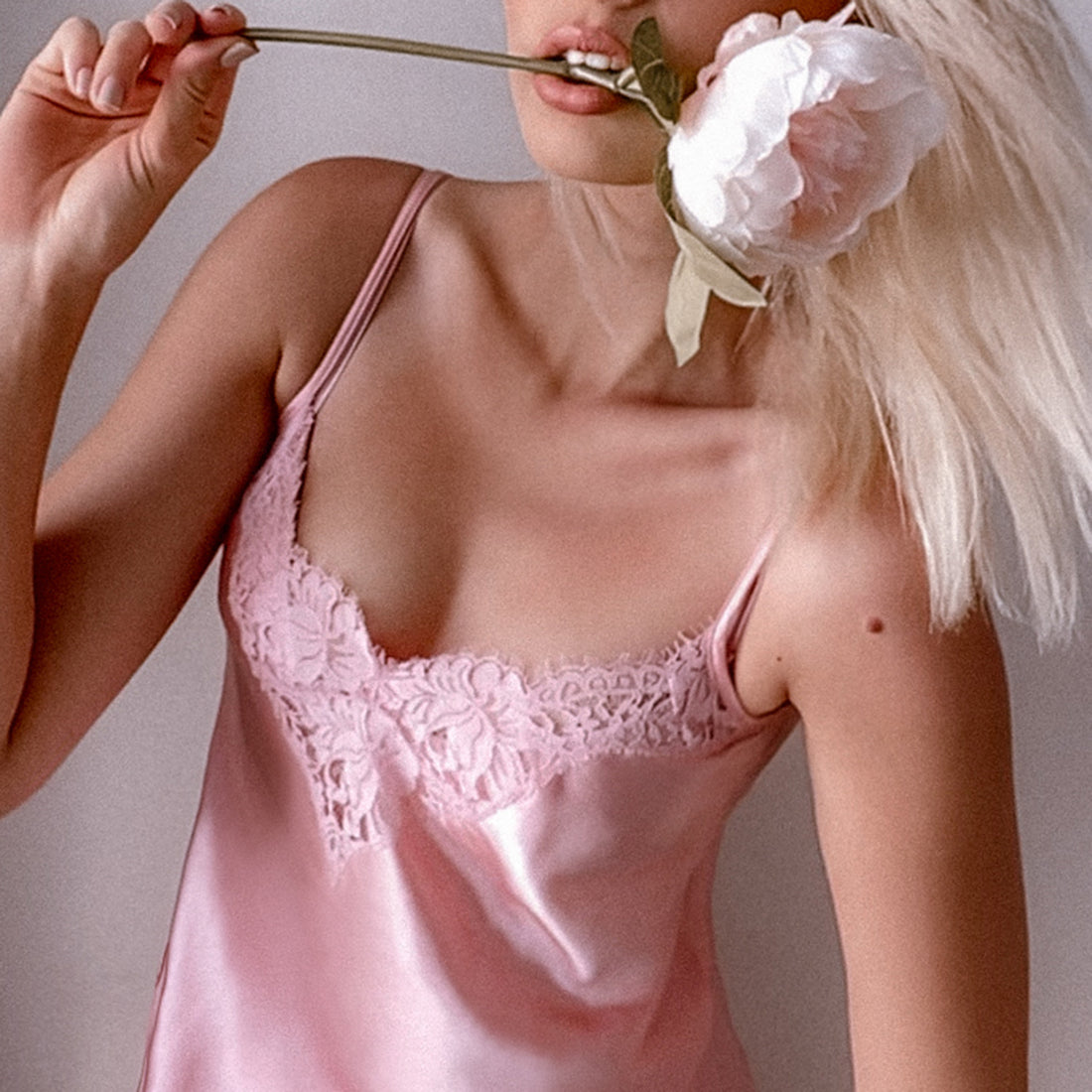
Silk, the Queen of Fibres
When you think about silk, it conjures up images of luxury, quality and timeless
beauty. Silk is often called the ‘queen of fibres’ because of its sheen, lustre and
softness. It is one of the most luxurious fibres and continues to be one of the
most sought-after materials to this day.
Facts about silk
The unique properties of silk have caused it to have a resurgence in recent
times. We keep hearing about the benefits for our hair and skin, and celebrities
are regularly snapped walking through airports cradling their silk pillows. But
what is it about silk that makes it so good for us?
Silk is hypoallergenic
If you’re someone with sensitive skin that reacts to chemicals or fragrances, it
can be difficult to find products that are gentle on your skin. Silk is
hypoallergenic, which means it is unlikely to cause skin allergies. That makes it
an ideal choice for people who have sensitive skin, allergies or asthma. Silk also
has the ability to repel dust and other nasties that commonly cause irritations.
Silk is great for your skin and hair
One thing you may have noticed about silk is how tightly woven the fibres are.
The side benefit of this is how it protects your hair and skin. Those tightly
woven fibres help preserve the moisture in your skin when you sleep on silk,
which also results in hydrated skin cells, which in turn reduces the appearance
of wrinkles.
The smoothness of silk also protects your hair by reducing friction. Your hair
slides on a silk pillowcase and doesn’t tangle like it does on cotton. In some
cases, you’ll even find your hairstyle remains intact overnight. A great tip is to
wrap a silk scarf around your hair to prevent it from moving overnight (hello,
extended blowdry!).
Silk keeps you warm
Silk is a natural insulator, meaning it keeps you warmer in winter. A silk
camisole works wonders by trapping warm air next to your skin. For the best of
both worlds, it’s also lightweight and breathable, making it a cool warm-
weather alternative. Silk can also absorb moisture up to a third of its own
weight, increasing its cooling properties.
Silk is a socially responsible choice
It’s estimated that one cotton T-shirt takes 2700 litres of water to make, which
is a staggering amount. In comparison, silk is considered to be a low consumer
of water and also requires minimal chemicals to manufacture.
Because silk is a natural fibre, it’s biodegradable. Although very strong, pure
silk fabric decomposes in just one to five years, giving it a lighter
environmental footprint overall when you compare that to the 200 years it
takes polyester fabric to break down.
What about the silkworms?
Traditionally, silk production raised ethical concerns about the treatment of
the silkworms. Because of this, ahimsa or peace silk was developed, which is a
process that allows the silkworm to metamorphose into a butterfly before the
silk is harvested.
Not all silk is silk
Numerous versions of silk have been produced to try and emulate the
strength, breathability and luxurious feel of the fabric. Look out for:
- washable silk, which is treated with chemicals to make it machine
washable. While this contributes to easier care, the treatment does
compromise the quality of the fibres.
- vegan silk is a manmade fibre use plant base, such as pineapple, banana,
eucalyptus or bamboo.
- art silk or artificial silk is another manmade fibre – usually viscose rayon.
Is it real silk?
The surest means of ensuring that your silk is actually silk, is to burn it (real silk
has a distinct smell). We’re certainly not recommending you try that at home!
Rather, always buy your silk garments from a reputable retailer, such as Natalie
Begg, who can answer any questions you may have about the care of your
garments. If you’re ready for sweeter dreams on a silk pillowcase, or want to
update your wardrobe ready for summer, browse the Natalie Begg range of silk
clothes and accessories for your next forever piece.
